EAP660 HD
AX3600 Wireless Dual Band Multi-Gigabit Ceiling Mount Access Point
- Ultra-Fast Wi-Fi 6 Speeds: Simultaneous 1148 Mbps on 2.4 GHz and 2402 Mbps on 5 GHz totals 3550 Mbps Wi-Fi speeds.
- High-Density Connectivity: 4 increased capacity to connect more devices simultaneously.
- Integrated into Omada SDN: Zero-Touch Provisioning (ZTP), Centralized Cloud Management, and Intelligent Monitoring.
- Centralized Management: Cloud access and Omada app for ultra convenience and easy management.
- 2.5G Port:A 2.5 Gbps Ethernet port boosts total internet throughput.
- Seamless Roaming: Even video streams and voice calls are unaffected as users move between locations.
- PoE+ Support: Supports Power over Ethernet (802.3at) for convenient deployment and installation.
- Secure Guest Network: Along with multiple authentication options (SMS/Facebook Wi-Fi/ Voucher, etc.) and abundant wireless security technologies.
The EAP660 HD access point has 8 spatial streams, giving a total speed of about 3.4 Gbit/s. Their configuration is symmetrical: 2.4 GHz (4×4) + 5 GHz (4×4), that is, 4 antennas per reception and transmission in each of the bands. This is very good news for customers located at a considerable distance from the access point: 4 antennas in the 2.4 GHz band will give good coverage, for example, for Autonomous robots or IOT sensors. At the same time, servers, terminals and clients located near the EAP660 HD will receive high bandwidth.
Physically, the antennas are arranged in the form of 8-gon faces, and 2.4-gigahertz ones are almost identical to 5-gigahertz ones. They do not have a pronounced polarity, and each of the antennas radiates forward and out, capturing both the wall on which the access point hangs and the space in front of it. With this antenna configuration, it does not matter where you place the EAP 660 HD: on the wall you can achieve stable communication on neighboring floors through concrete floors, and on the ceiling it will work very well in MESH configurations.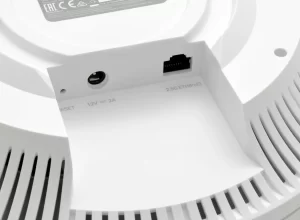
Note that the motherboard has two massive cooling radiators covering it on both sides. As you may remember, TP-Link EAP660 HD has a 2.5-Gigabit copper network interface, in which even the PHY physical access chip is quite heated, and plus you still need to remove heat from the radio modules.
The maximum power consumption of the TP-Link EAP660 HD is 15-17 Wt, so you need an 802.3at (PoE+) switch or injector to connect via PoE. But there are no problems with this now – almost any PoE switch released over the past 3 years has support for” one plus”, that is, PoE+, but for uniformity of management and maintenance, it is better to consider the TP-Link switches of the Omada series. When testing in our case, the usual power consumption was about 8 Watts.
The access point is supplied with a 12 V power supply for those cases when you can not use PoE (for example, the all-POL concept is implemented at the facility, that is, all distribution networks are laid with an optical cable, and terminals and devices for “copper” are connected via media converters). This is common in older large facilities, such as train stations, stadiums, or waiting rooms.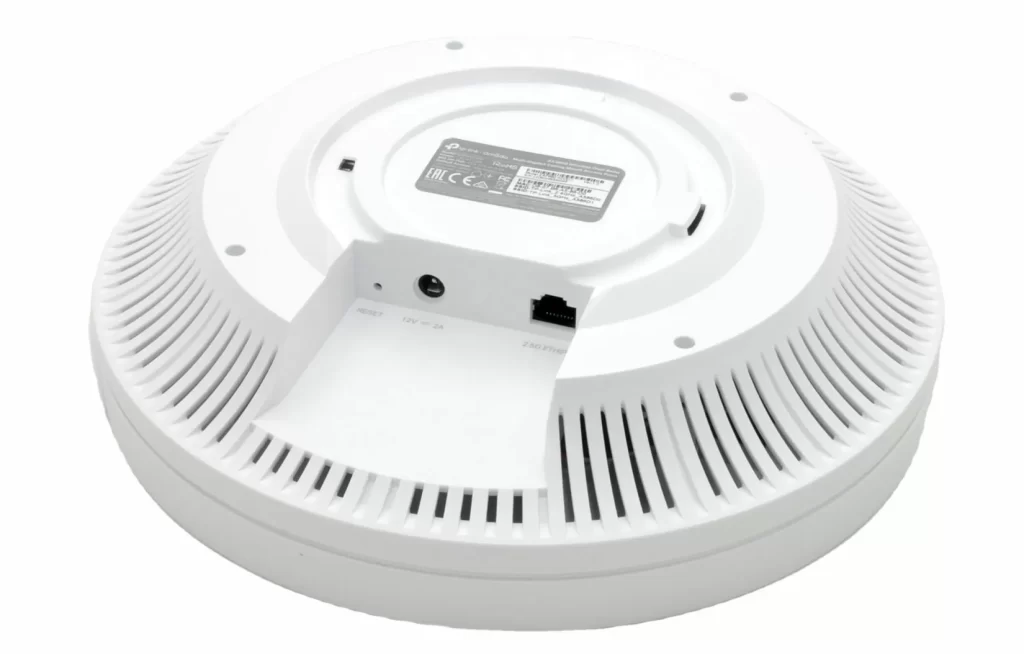
The body of the access point is quite massive, its diameter is as much as 243 mm, and its height is 64 mm. It is entirely made of plastic and does not take part in cooling, except that large ventilation grilles remain open at the back. Mounting-common for internal access points: the plastic mate is mounted on the wall, the access point is installed on it and rotated until the locking click. Installation on a bracket or rod is not provided by the design.
Web management
A distinctive feature of TP-Link Omada access points is the ease of configuration: the first launch of the device already opens the configuration wizard in which you specify the password and SSID for wireless networks, after which the configuration is completed. With a batch installation of dozens, you will install and run everything even faster thanks to the Omada SDN controller.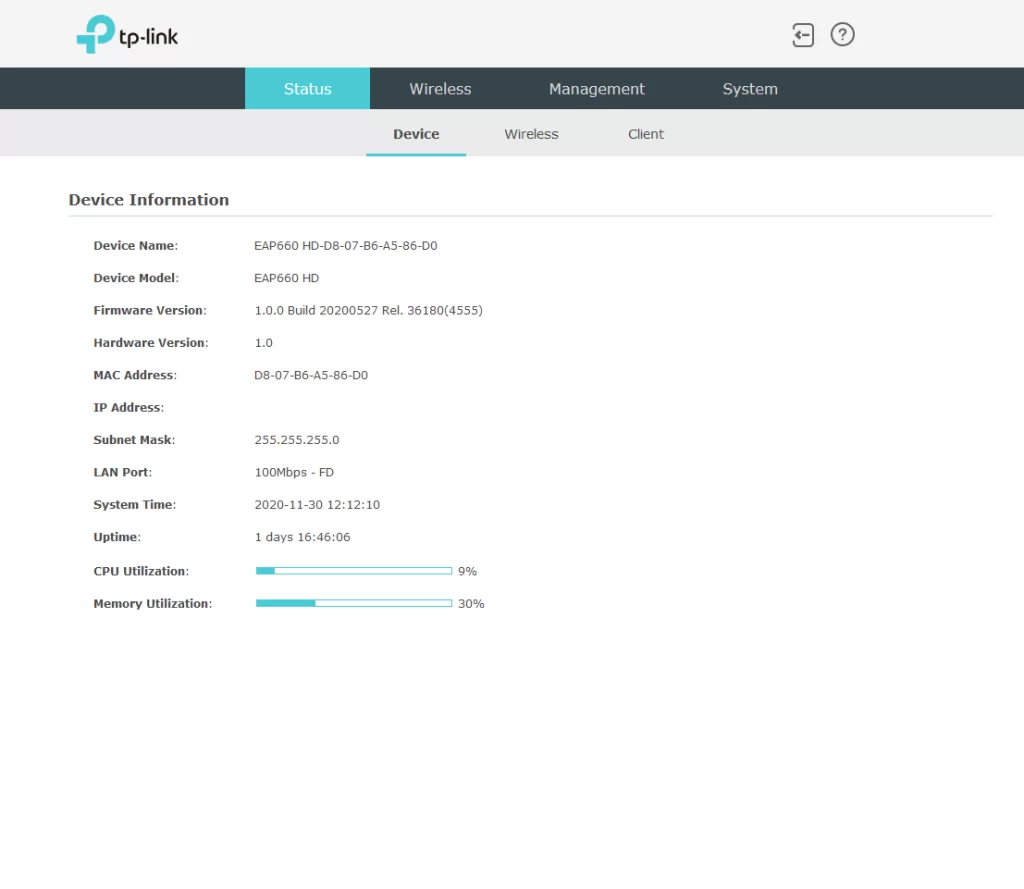
Omada SDN – cloud / software controller
What makes an access point a true industrial solution is its own platform for managing and monitoring the fleet of your WLAN network. At TP-Link, this solution is called Omada SDN, and it is a single platform that can be present as a separate device installed in a rack or as a software server running under Windows or Linux. Naturally, this controller combines the management of different TP-Link devices, whether they are security gateways, access points or switches.
Review and test of the TP-Link EAP660 HD Wi-Fi 6 access point
The abbreviation AX3600, found in the description and displayed on the packaging of the TP-Link EAP660 HD access point, means a total bandwidth of 3550 Mbit / s, which means that you can finally feel a real speed advantage over the top-end apps of the previous generation of the 802.11 ac standard. And, in general, following the all-Wireless concept, build wireless networks with 4K and 8K streaming. The demand for such technologies from businesses is huge: this includes Digital Signage, intelligent surveillance systems, IoT, and just thousands of customers with modern smartphones.
Yes, fundamental differences Wi-Fi 802.11 ac 6 from so significant that the existing WLAN will be noticeable almost immediately: to decrease delay, it will be possible in one radio more devices, the network will become easier, more accessible and faster. This will make it easier not only for people, but also for robots that move around in the workplace of the enterprise and generate huge amounts of telemetry. In General, without ceasing to praise the new Wi-Fi 6 standard, let’s talk about access points. We’ve already looked at the entry-level model, the EAP620 HD, which has 1.75 Gbps of bandwidth, and today we have the big brother in our hands: the EAP660 HD model. There are already 8 spatial streams, 2.5 GBase-T copper cable connection and higher performance.
Construction
The EAP660 HD access point has 8 spatial streams, giving a total speed of about 3.4 Gbit/s. Their configuration is symmetrical: 2.4 GHz (4×4) + 5 GHz (4×4), that is, 4 antennas per reception and transmission in each of the bands. This is very good news for customers located at a considerable distance from the access point: 4 antennas in the 2.4 GHz band will give good coverage, for example, for Autonomous robots or IOT sensors. At the same time, servers, terminals and clients located near the EAP660 HD will receive high bandwidth.
Physically, the antennas are arranged in the form of 8-gon faces, and 2.4-gigahertz ones are almost identical to 5-gigahertz ones. They do not have a pronounced polarity, and each of the antennas radiates forward and out, capturing both the wall on which the access point hangs and the space in front of it. With this antenna configuration, it does not matter where you place the EAP 660 HD: on the wall you can achieve stable communication on neighboring floors through concrete floors, and on the ceiling it will work very well in MESH configurations.
Note that the motherboard has two massive cooling radiators covering it on both sides. As you may remember, TP-Link EAP660 HD has a 2.5-Gigabit copper network interface, in which even the PHY physical access chip is quite heated, and plus you still need to remove heat from the radio modules.
The maximum power consumption of the TP-Link EAP660 HD is 15-17 Wt, so you need an 802.3at (PoE+) switch or injector to connect via PoE. But there are no problems with this now – almost any PoE switch released over the past 3 years has support for” one plus”, that is, PoE+, but for uniformity of management and maintenance, it is better to consider the TP-Link switches of the Omada series. When testing in our case, the usual power consumption was about 8 Watts.
The access point is supplied with a 12 V power supply for those cases when you can not use PoE (for example, the all-POL concept is implemented at the facility, that is, all distribution networks are laid with an optical cable, and terminals and devices for “copper” are connected via media converters). This is common in older large facilities, such as train stations, stadiums, or waiting rooms.
The body of the access point is quite massive, its diameter is as much as 243 mm, and its height is 64 mm. It is entirely made of plastic and does not take part in cooling, except that large ventilation grilles remain open at the back. Mounting-common for internal access points: the plastic mate is mounted on the wall, the access point is installed on it and rotated until the locking click. Installation on a bracket or rod is not provided by the design.
Web management
A distinctive feature of TP-Link Omada access points is the ease of configuration: the first launch of the device already opens the configuration wizard in which you specify the password and SSID for wireless networks, after which the configuration is completed. With a batch installation of dozens, you will install and run everything even faster thanks to the Omada SDN controller.
No, of course there is also support for virtual VLANs, and filtering by IP and MAC addresses, using a schedule to enable or disable radio modules (independently for 2.4 GHz and 5 GHz) and detecting fake access points. If you compare the interface with the everything is exactly the same, so the differences between the models are only in the hardware.
Omada SDN – cloud / software controller
What makes an access point a true industrial solution is its own platform for managing and monitoring the fleet of your WLAN network. At TP-Link, this solution is called Omada SDN, and it is a single platform that can be present as a separate device installed in a rack or as a software server running under Windows or Linux. Naturally, this controller combines the management of different TP-Link devices, whether they are security gateways, access points or switches.
Interestingly, contrary to current trends, the Omada SDN controller is available for free download from the TP-Link website without prior registration, so even without buying a single access point, you can already download it and look at the menu and settings.

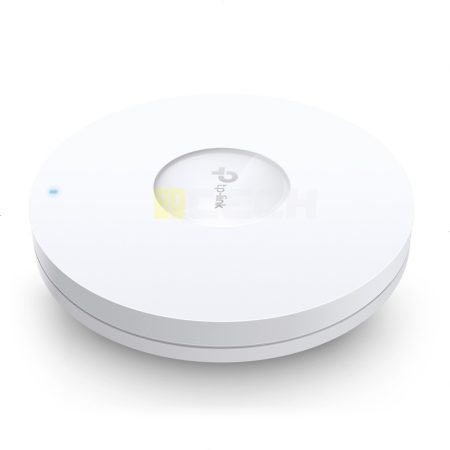
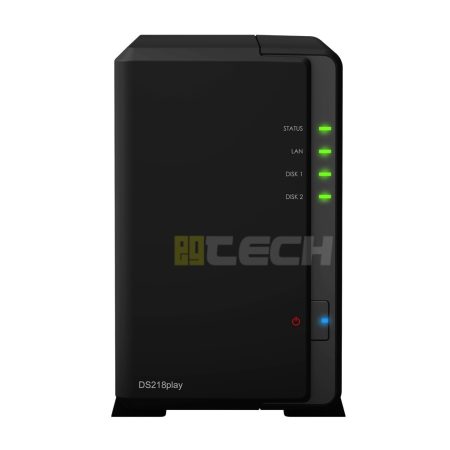
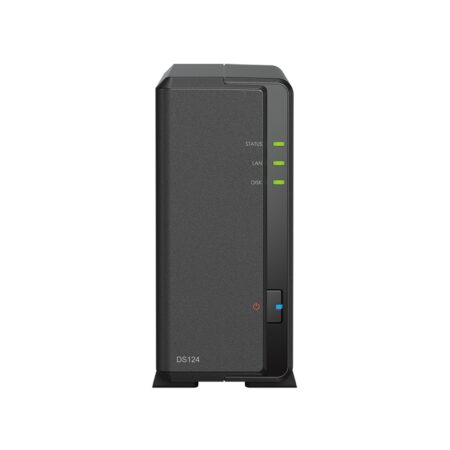
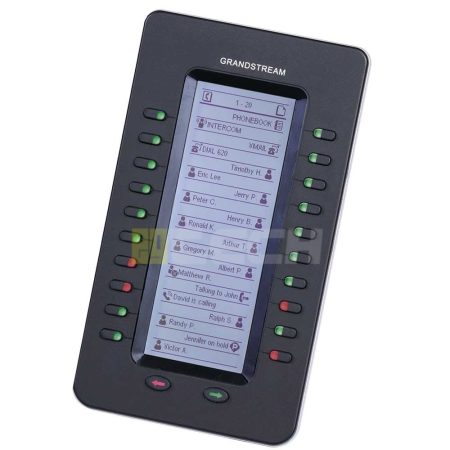
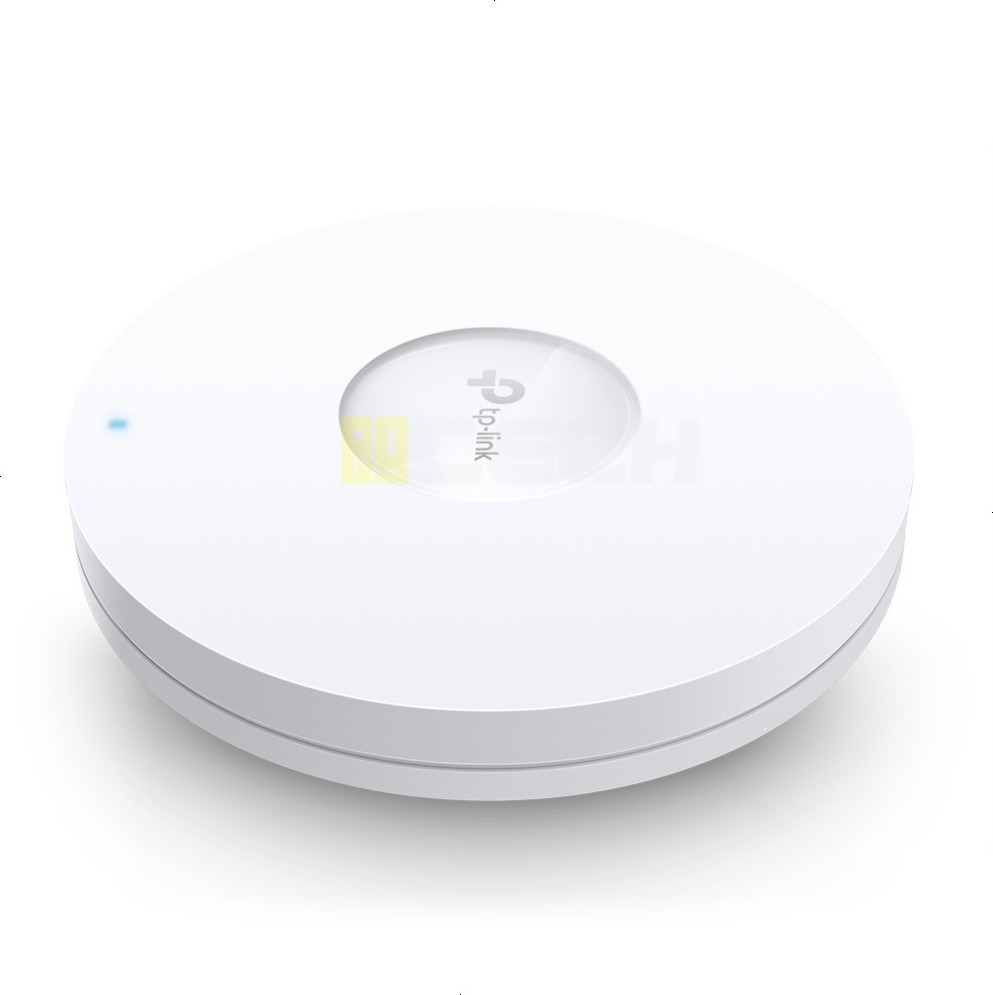
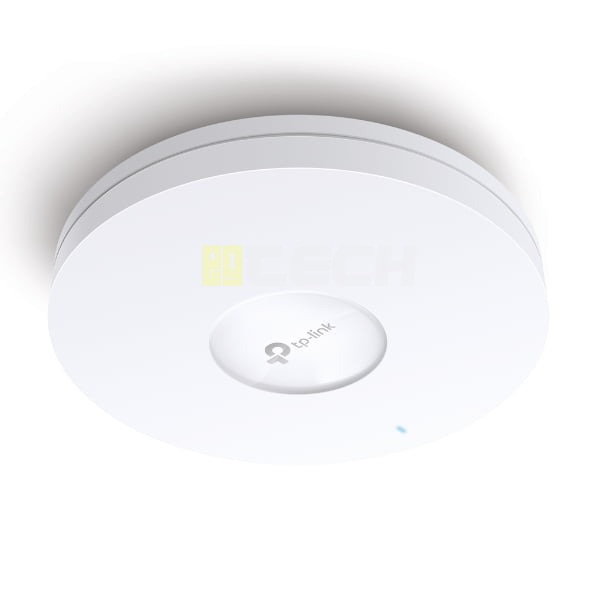
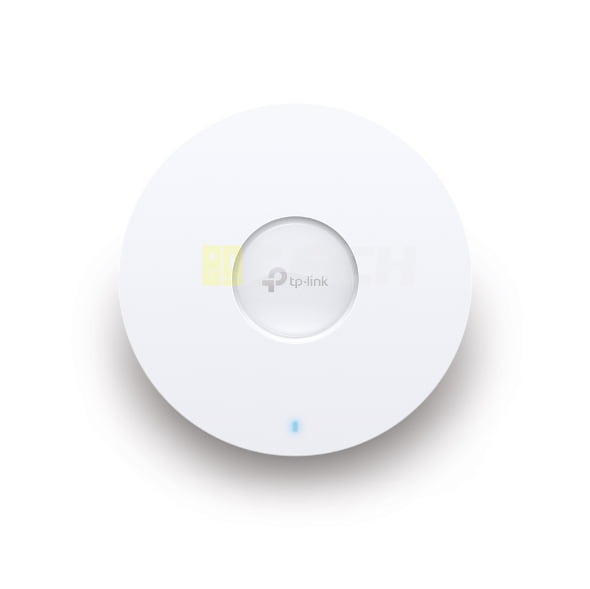
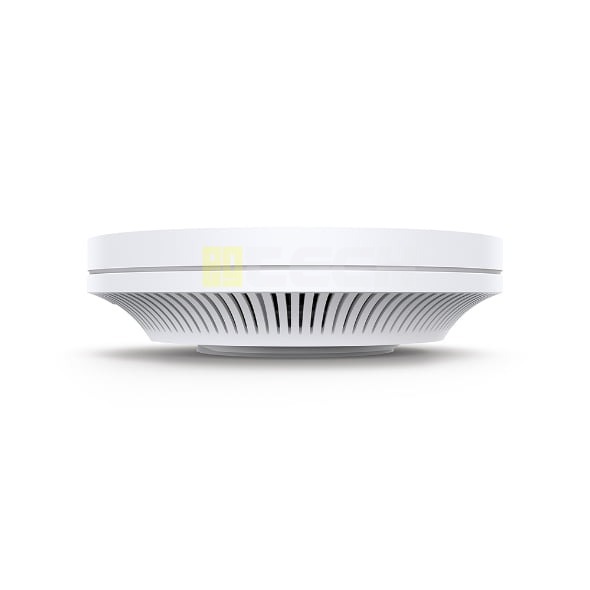
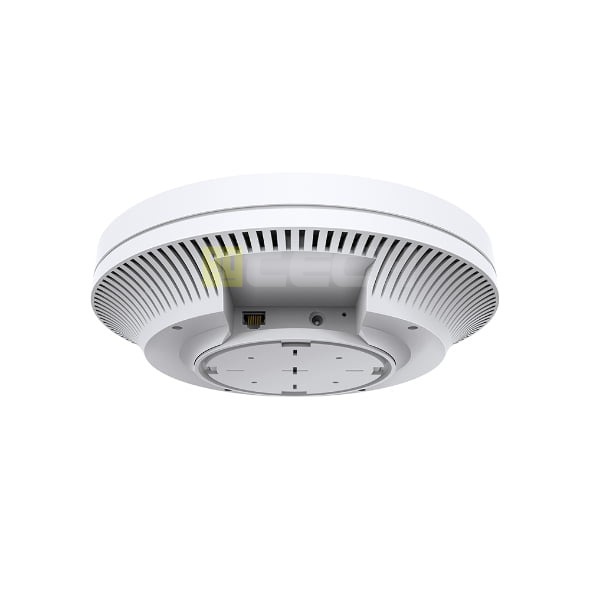
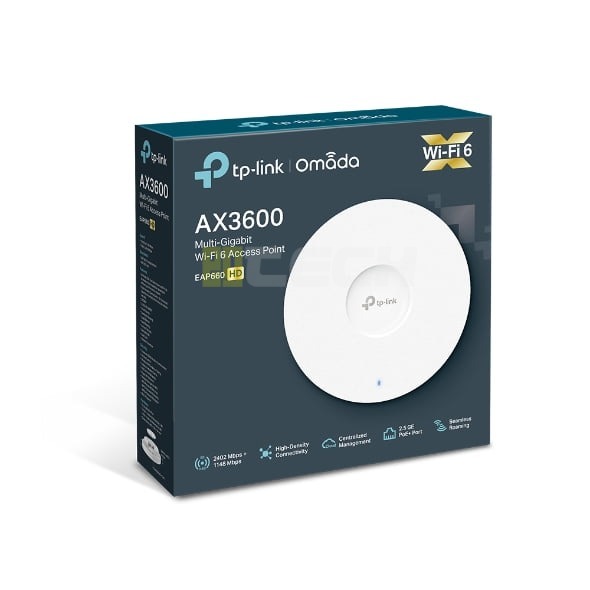
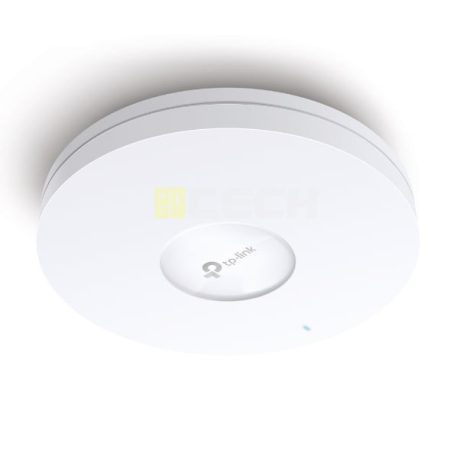


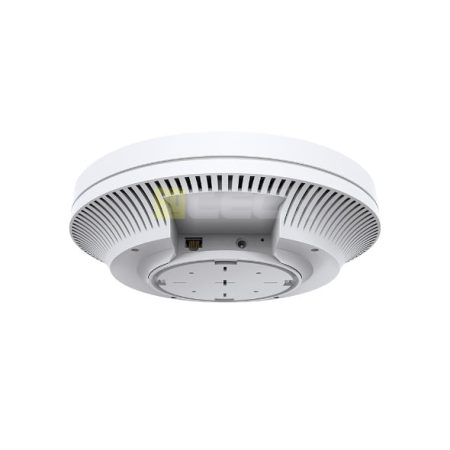
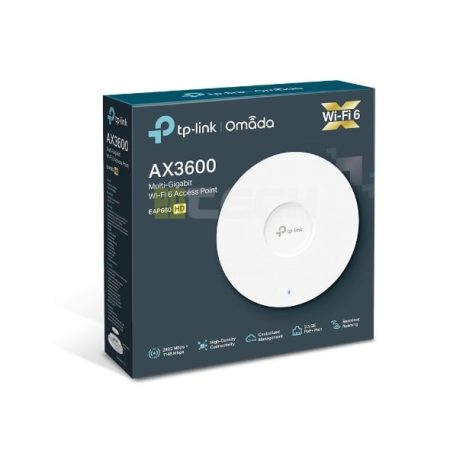
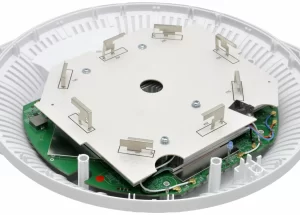
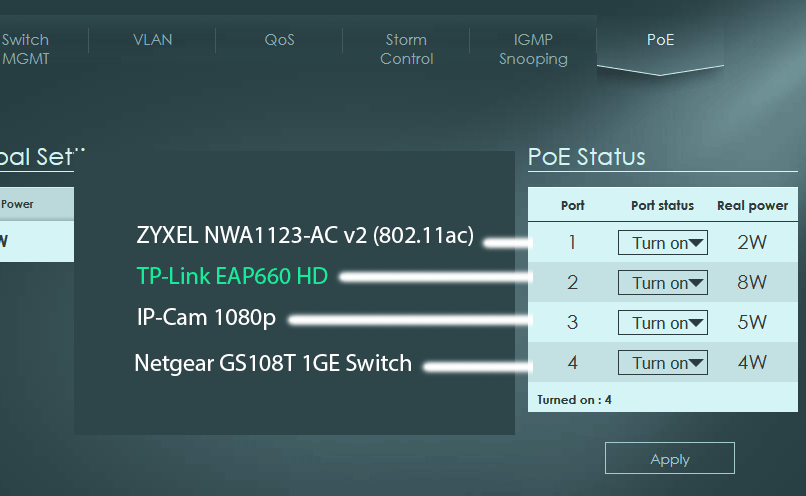
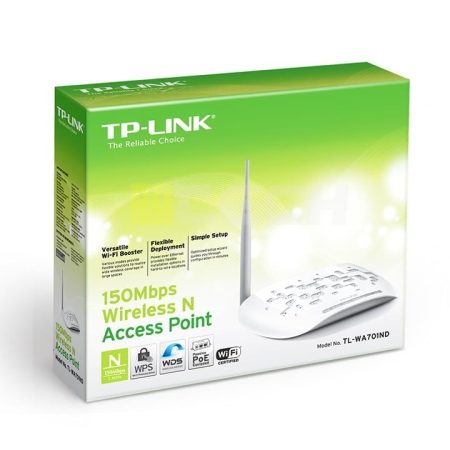
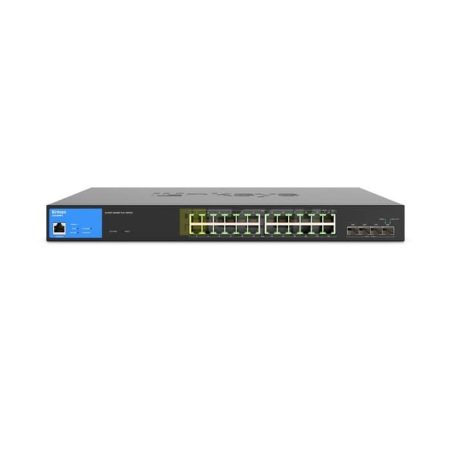
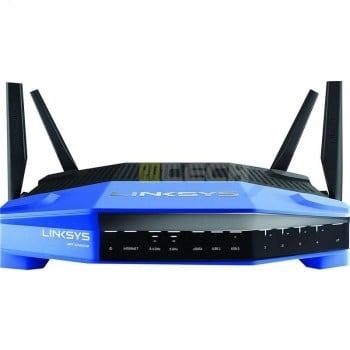

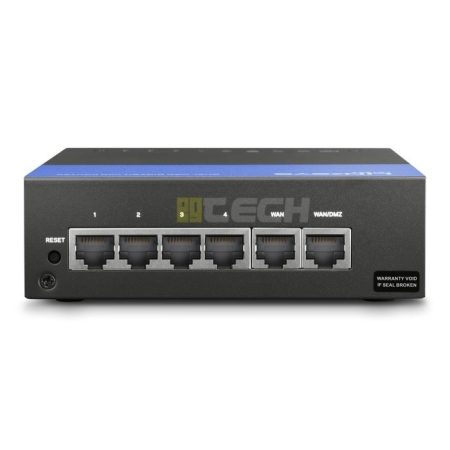
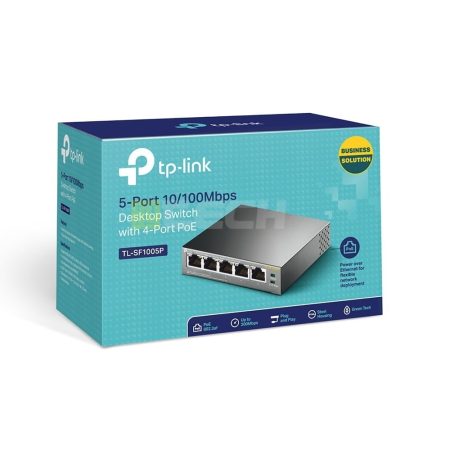
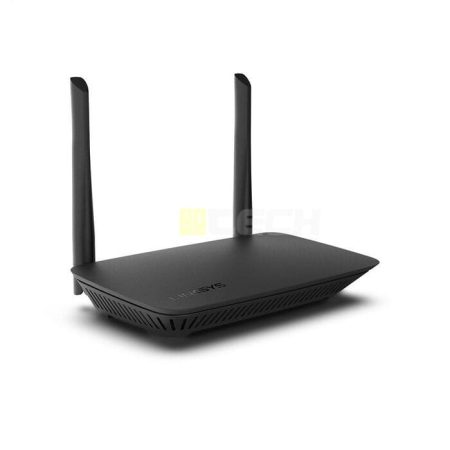
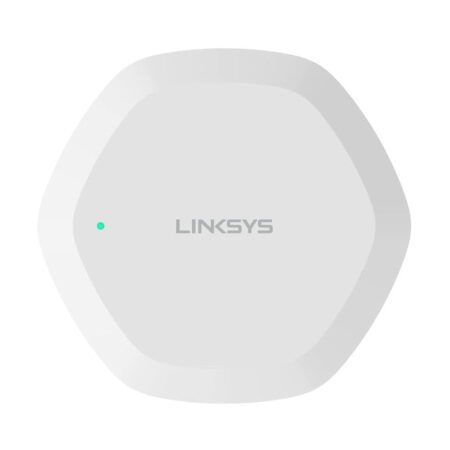
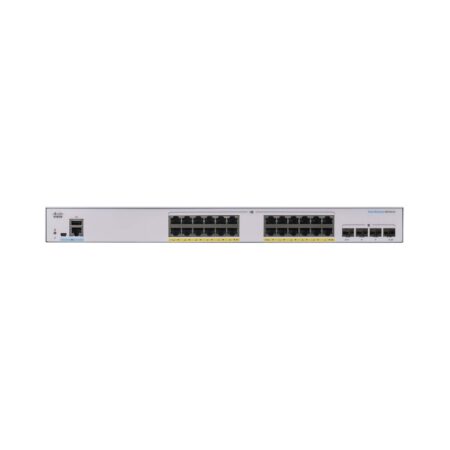
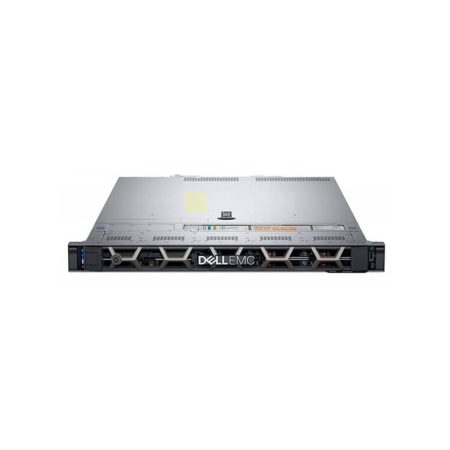
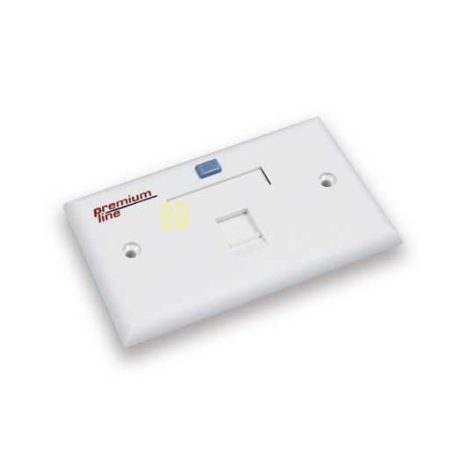
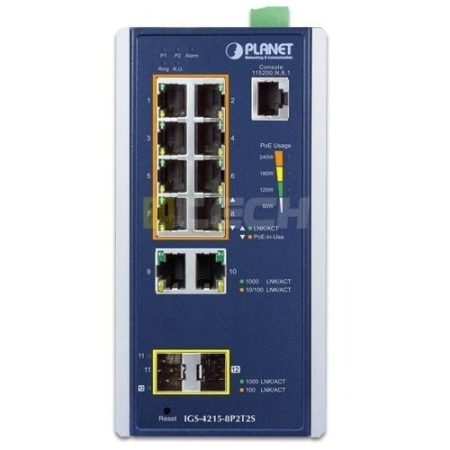
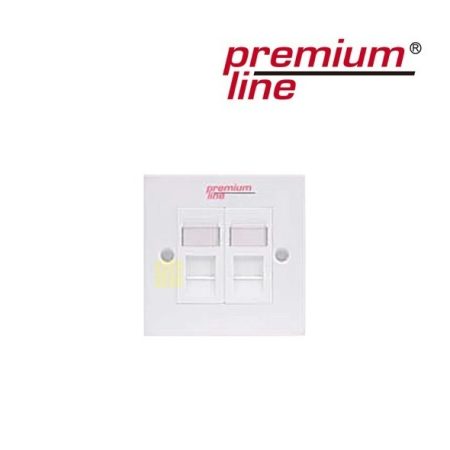
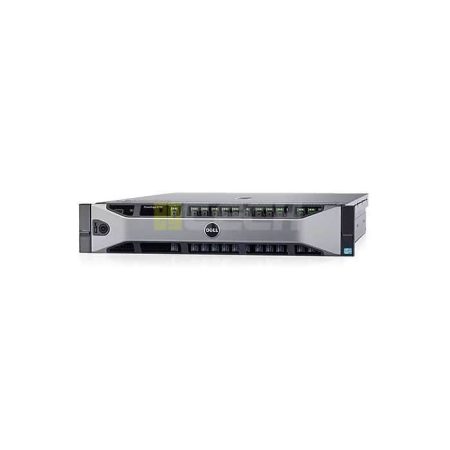
Reviews
There are no reviews yet.